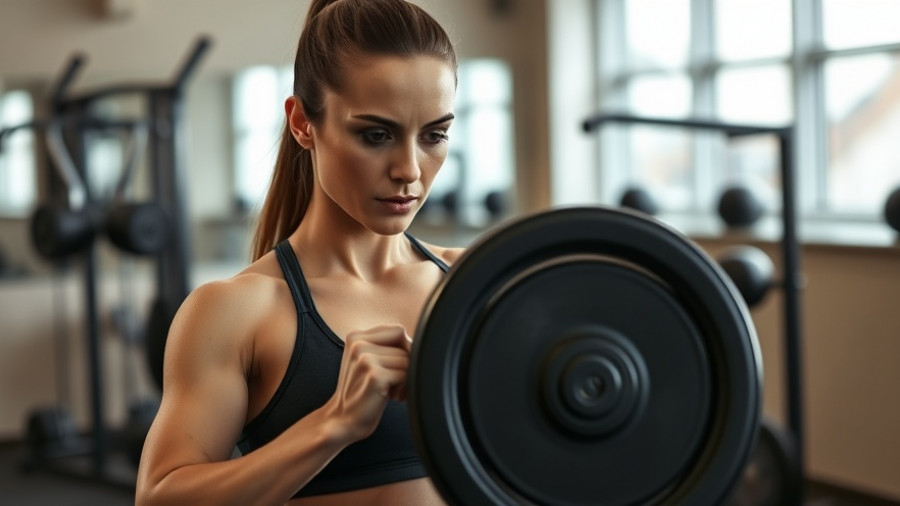
Understanding Bone Health: The Role of Osteocytes
Aging is not just a phenomenon we experience; it's a biological process affecting our cells significantly. Recent research from the University of Texas at Austin highlights how osteocytes, the key regulators of our bones, change with age. These cells are crucial for bone health, as they respond to mechanical stress and dictate the processes of bone formation and resorption. Unfortunately, their structural integrity diminishes as aging occurs, leading to conditions like osteoporosis.
The Impact of Cellular Senescence on Bone Structure
As osteocytes age, they encounter cellular senescence, wherein damaged cells cease to divide but can release harmful compounds that affect surrounding cells. This is not merely a side note; these senescent cells can stiffen the osteocytes, hampering their ability to function efficiently. Imagine if the scaffolding of a building became rigid; it would struggle to adapt under pressure. Similarly, stiffened osteocytes are unable to regulate bone density effectively, leading to increased fragility. This insight is critical for healthcare practitioners as they work to mitigate age-related bone loss.
Potential for Innovative Treatments
What excites researchers about this study is the potential for new therapeutic avenues targeting these aging cells. The focus on biomechanical markers offers a fresh perspective on treating senescence beyond genetic markers. This could lead to innovative treatments comparable to physical therapy for joint stiffness, suggesting that mechanical cues might reverse or clear senescent cells from circulation.
Identifying Senescent Cells: A New Approach
Unlike traditional methods relying on fluctuating genetic markers, this new study proposes using cell mechanics to identify and target senescent cells effectively. By pinpointing the physical properties of these cells, practitioners could develop groundbreaking interventions that selectively remove or rejuvenate aged cells, minimizing the risks associated with drug therapies.
Conclusion: The Future of Bone Health
As we approach a future where our understanding of cellular mechanics and aging can reshape treatment strategies, tech professionals and healthcare practitioners must stay informed. This knowledge not only helps enhance patient outcomes but also contributes to broader advancements in healthcare and wellness. Embracing these emerging techniques could mean a revolutionary approach in the fight against age-related diseases. Investing time in learning and maybe even adapting your practices accordingly can be immensely beneficial.
 Add Row
Add Row  Add
Add 




Write A Comment